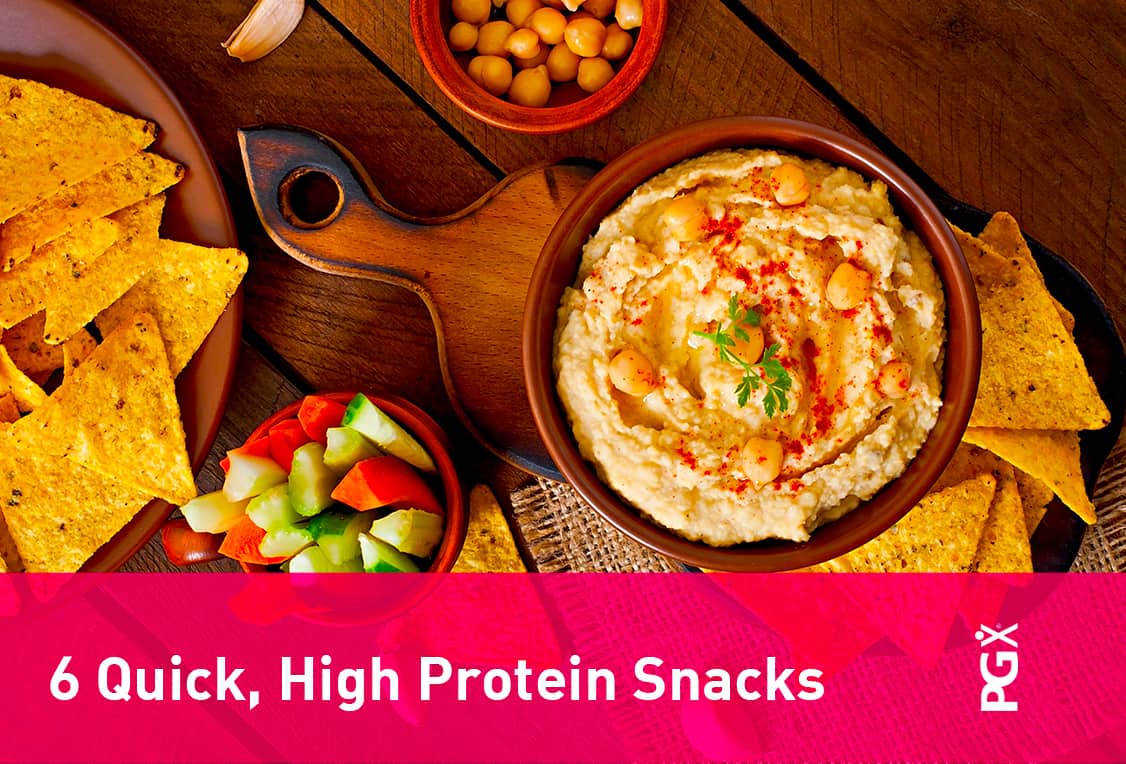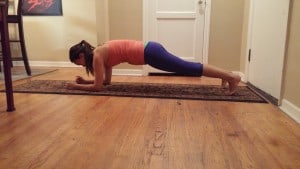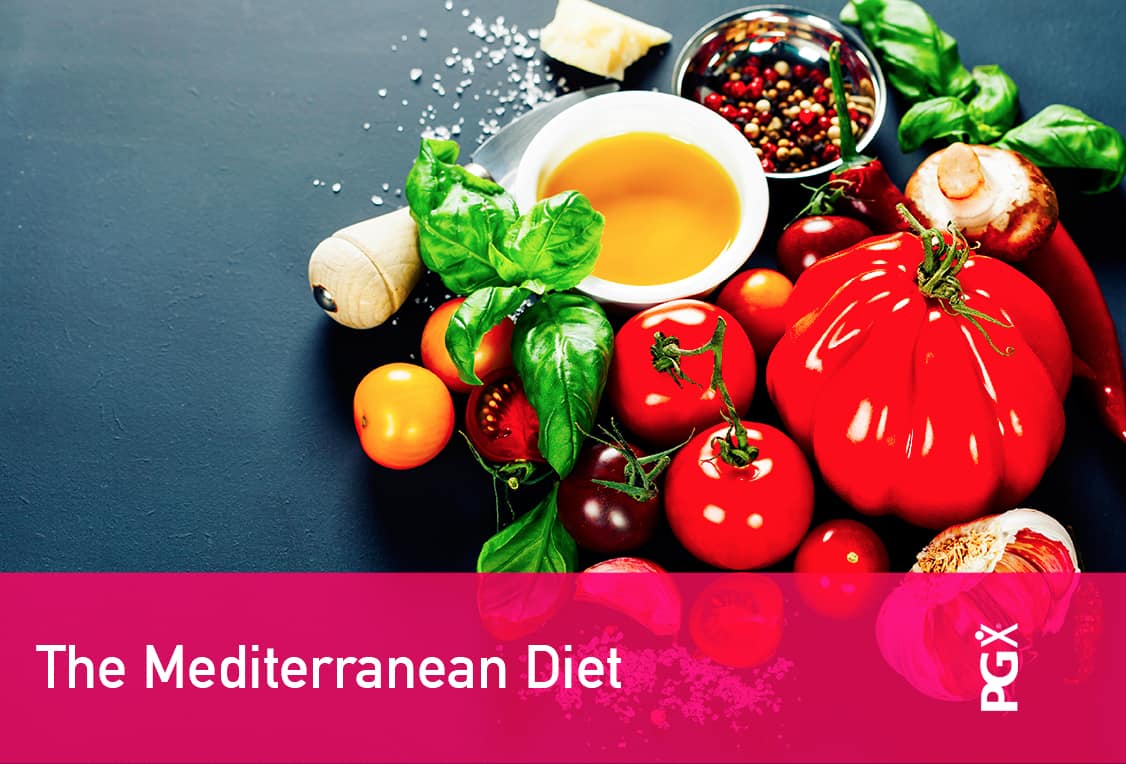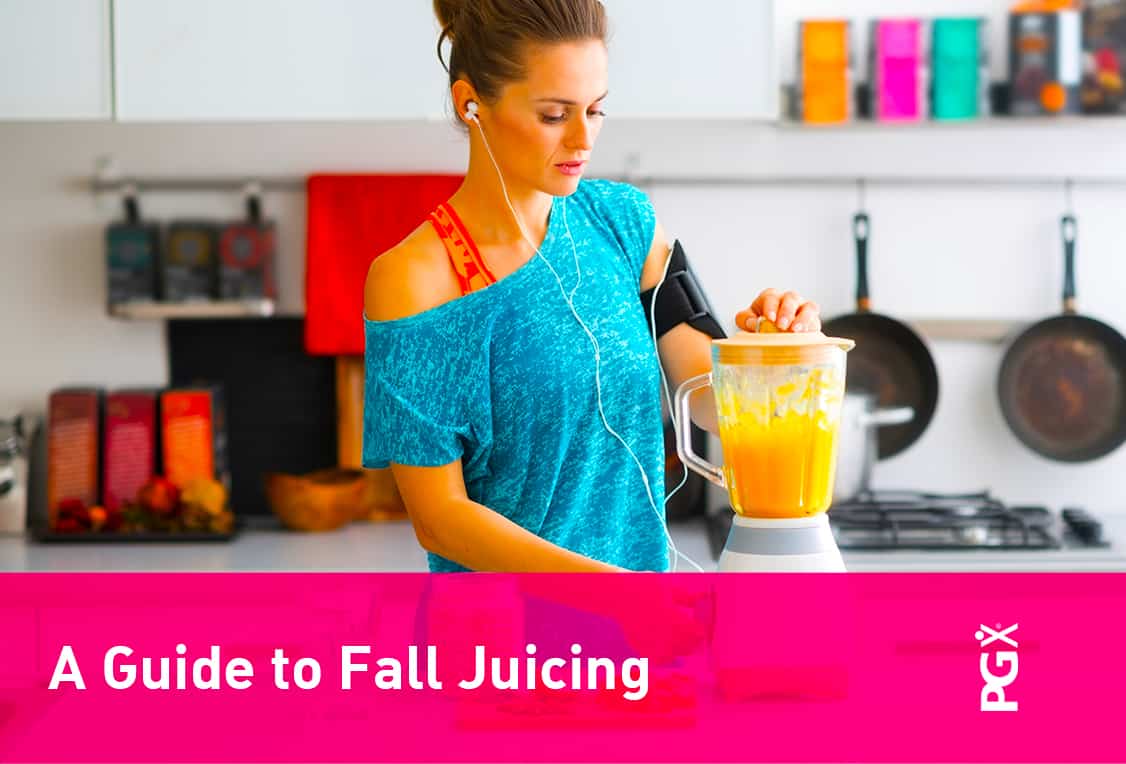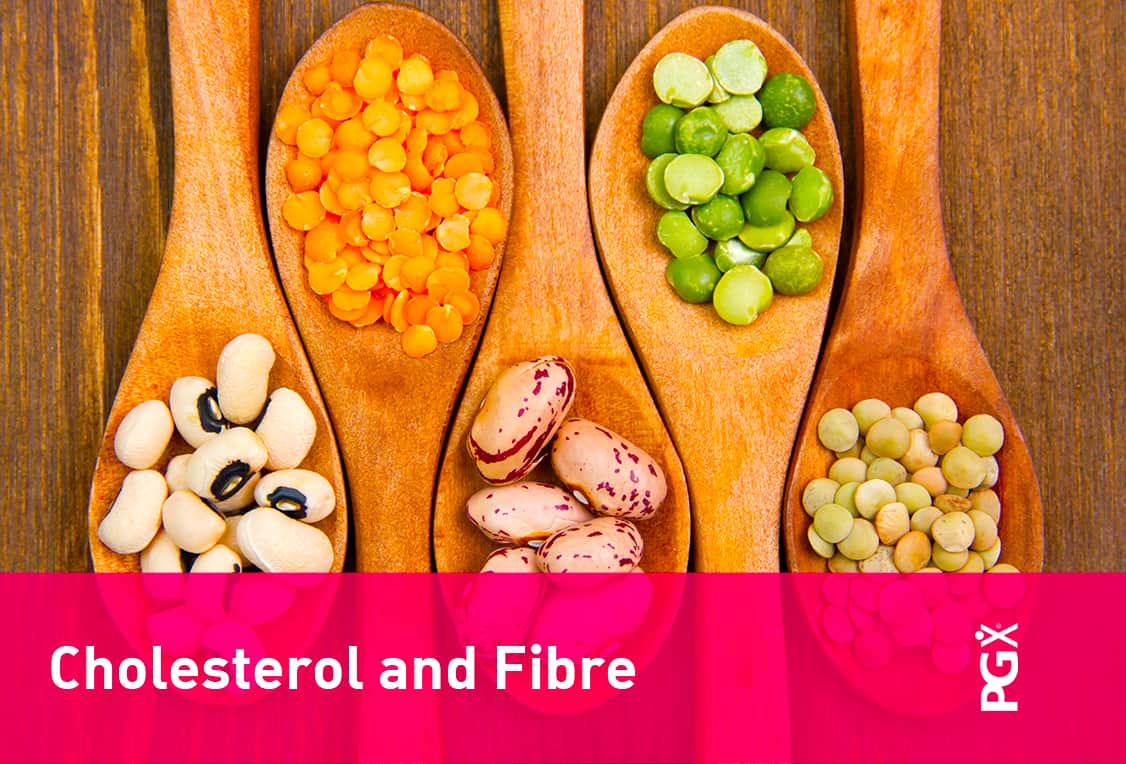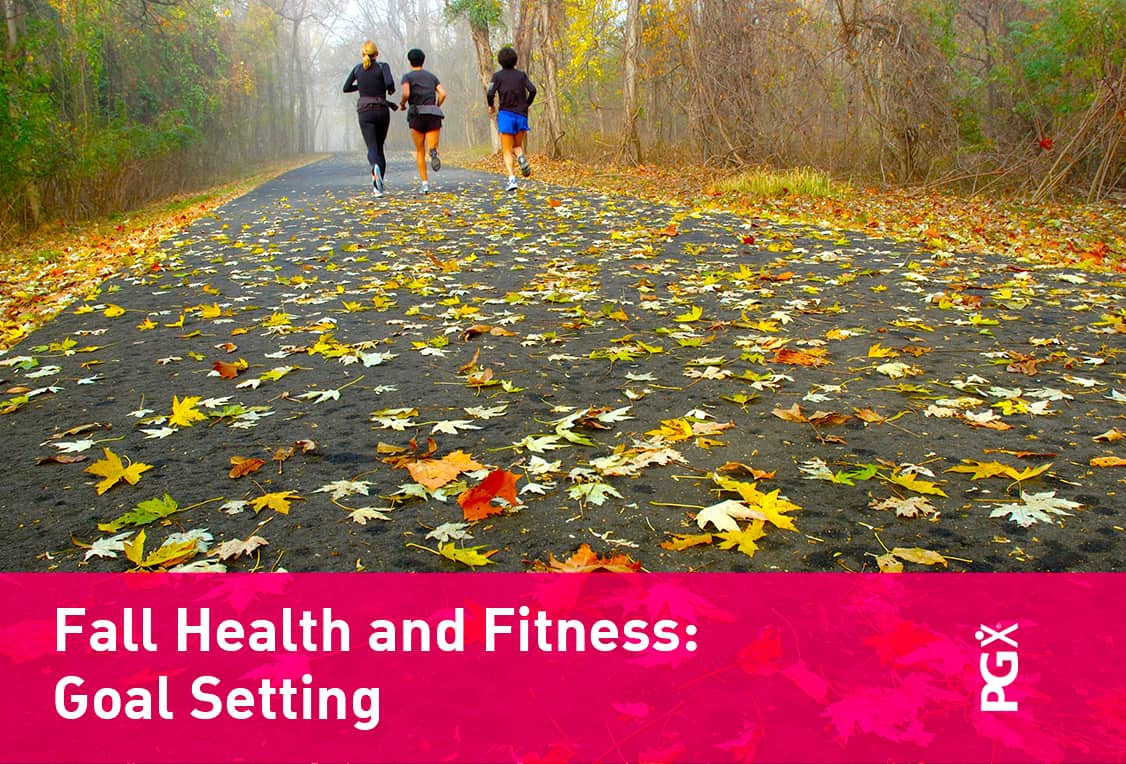6 Quick, High Protein Snacks
There’s a big difference between a snack that makes your taste buds happy and one that keeps you energized, strong, and satisfied. And what is the key ingredient for a snack with staying power? Protein.
In one recent study, researchers found that women who ate a snack rich in protein, such as Greek yogurt, stayed full longer than those who ate snacks lacking this important macronutrient. To keep cravings at bay and give your body the tools it needs to thrive, choose snacks that offer up ample amounts of protein.
Benefits of High Protein Snacks
- Helps to maintain blood sugar levels already within the normal range: protein makes your body absorb sugar more slowly, so your blood sugar stays stable and you avoid those mid afternoon sugar cravings.
- Keeps you fuller, longer: with protein, you’ll find you have fewer cravings and feel more satisfied between meals. This can help steer you away from unhealthy impulse snacks.
- Helps to support strong muscles, joints, and bones: protein is an essential part of countless functions in the body. Ensuring you get enough protein helps you maintain healthy muscle mass.
- May promote weight loss: The body has to work a bit harder to turn protein into energy than it does glucose (which is why those sugar cravings hit so hard). The result is fewer calories stored.
Here are my favourite quick and easy, protein packed snacks:
1. Celery and Nut Butter
Protein: 8 grams per 1 oz of nut butter
Better known as “ants on a log” (thanks, Mom), this classic snack measures up in the protein category thanks to the nut butter, and the satisfying crunch of celery offers up other healthy nutrients. Whether you make it with peanut, almond, or pumpkin seed butter, it really is the perfect blend of texture, taste, and nutrition. Top with raisins or whole almonds, or sub out the celery for a crisp apple for variety.
2. Protein Bars
Protein: 10-15 grams
You can make your own protein bars from blended nuts, coconut, and dates – as a self-confessed chocoholic, I always add cocoa powder. For the ultra-convenient option, try a ready to go bar, such as Whole Earth & Sea’s Protein Bar. This one’s vegan, organic, and contains greens for bonus nutrition ( plus it’s coated in dark chocolate, so you can see why I’m a fan).
3. Hummus and Veg
Protein: 10 grams per half cup
Who knew this classic party snack was actually nourishing you between dance sets? Nutritious and delicious, hummus is an excellent source of protein. A quick afternoon dip with baby carrots or chopped veggies will keep you sustained through dinner. To make this snack extra convenient, layer a mason jar with hummus, place a few carrot and celery sticks in vertically, screw the lid on, and go!
4. Greek Yogurt
Protein: 15-20 grams per 6 oz
Greek yogurt has more protein than regular yogurt. It’s perfect for a snack, or as a healthier substitute for sour cream or cream cheese. Top with fresh fruit or, for an extra protein boost, nuts and seeds.
5. Smoothies
Protein: Variable
You can mix and match ingredients for an endless array of tasty, protein packed smoothies. They’re quick to whip up and delicious – a winning combo. Nut butters, nuts, seeds, yogurt, dairy or nut milks, and hemp hearts all make for the perfect protein power up. For an extra power boost, add protein powder!
6. Trail Mix
Protein: About 8g per ounce
Found in every corner store and airport snack shop, trail mix is much healthier when you make it at home (and skip the extra salt found in the packaged kind). Mix it up with raw almonds, hemp seeds, pumpkin seeds, dried fruit – even dark chocolate chips – for a snack that’s ready to go whenever you are.

